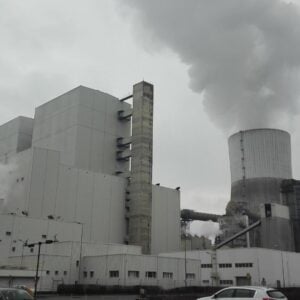Every year, white storks (Ciconia ciconia) return to their nests along the road between Mirzakent and Zhetisay in Kazakhstan, perching atop aging power line poles to raise their chicks. Their presence is a cherished sight for local residents, symbolizing harmony, renewal, and the enduring rhythm of nature. These towering nests have become an integral part of the cultural and ecological identity of the area, with elders noting that the storks’ return each spring is a promise of continuity and well-being.
This summer, however, a delicate tension emerged between conservation and development. Kazakhstan is implementing the Second Irrigation and Drainage Improvement Project (IDIP-2) to strengthen agricultural resilience and support farmers amid increasingly dry seasons. In April, plans were initiated to construct a small irrigation pumping station, which required the installation of new power lines critical to its operation.
During a routine site assessment, the contractor, LLC Akelik Group, discovered that several poles designated for the new power lines were already occupied by nesting storks, some with chicks too young to fly. This finding highlighted the challenge of balancing essential infrastructure development with the protection of local wildlife and the preservation of the region’s natural heritage.






